Class Reptilia Family Scincidae | Phylum Chordata Genus Trachylepis Rank Species | |
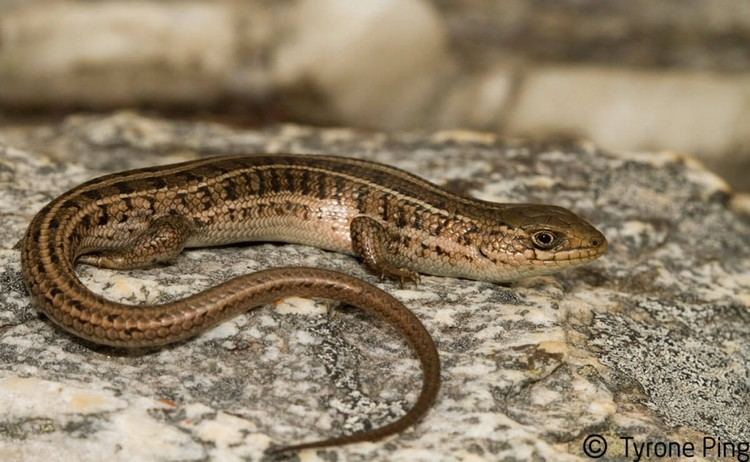 | ||
Similar Trachylepis sulcata, Trachylepis, Trachylepis homalocephala, Trachylepis punctatissima, Karoo toad | ||
Trachylepis capensis burrow clearance
Trachylepis capensis is a species of skink in the subfamily Lygosominae. It is endemic to Southern Africa. It is often seen in suburban gardens where it tames easily.
Contents

Naming
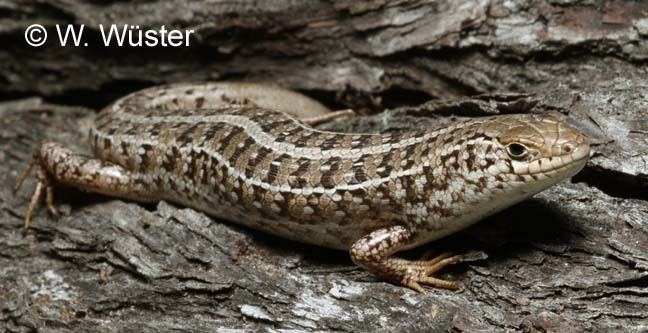
Named for the Cape of Good Hope, it is commonly known as the Cape skink or Cape three-lined skink, and it has recently been reassigned to the genus Trachylepis (previously it was classed in Mabuya).
Appearance
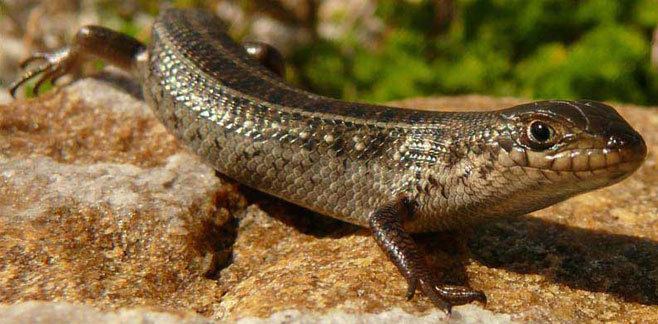
The lizard is a large (sometimes quite fat) skink, with three stripes running down its back. Its skin is olive-brown to gray, and between the stripes and on its flanks are lots of small dark spots. The belly is greyish white. Occasionally the stripes on the back can be quite pale. Its body is rather elongated and the limbs are short.
Distribution
This lizard is indigenous to South Africa and can be found throughout most of the country. They also occur in Botswana, Namibia, and Zambia; a few isolated (probably relict) populations have been found in Zimbabwe.
Biology
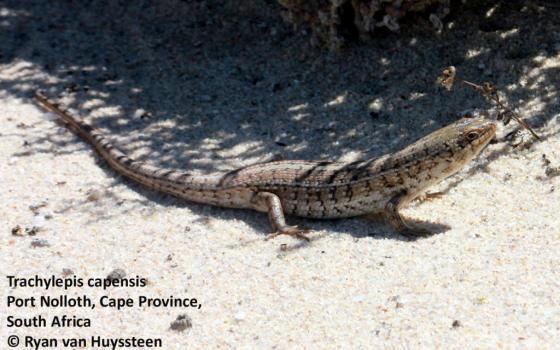
It is still common in suburban gardens across South Africa and because of this, the Cape skink is probably the best known lizard in the country. Furthermore, in the presence of humans it gradually becomes domesticated and after some time it can become sufficiently trusting to eat out of one’s hand. Consequently it is becoming increasingly popular as a pet, whether kept in a formal UV-fitted vivarium or allowed to roam free in a garden. Tame individuals have a tendency to become quite overweight. The increasingly dense populations of domestic cats being kept as pets in suburban areas have unfortunately led to the extermination of this little forager from much of its natural range, as these introduced predators will typically kill all the skinks in the immediate area. Its natural predators in the wild include the fiscal shrike and various snakes.
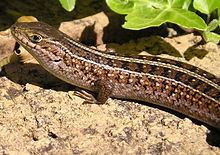
For a home, the Cape skink usually digs itself a small tunnel at the foot of a boulder or tree, but anything that it can hide under is used as a temporary shelter. In its natural habitat it is considerably more shy, though it can often be heard as it scuttles away through the bushes. This species of skink is live-bearing and gives birth to litters of about a dozen babies.
